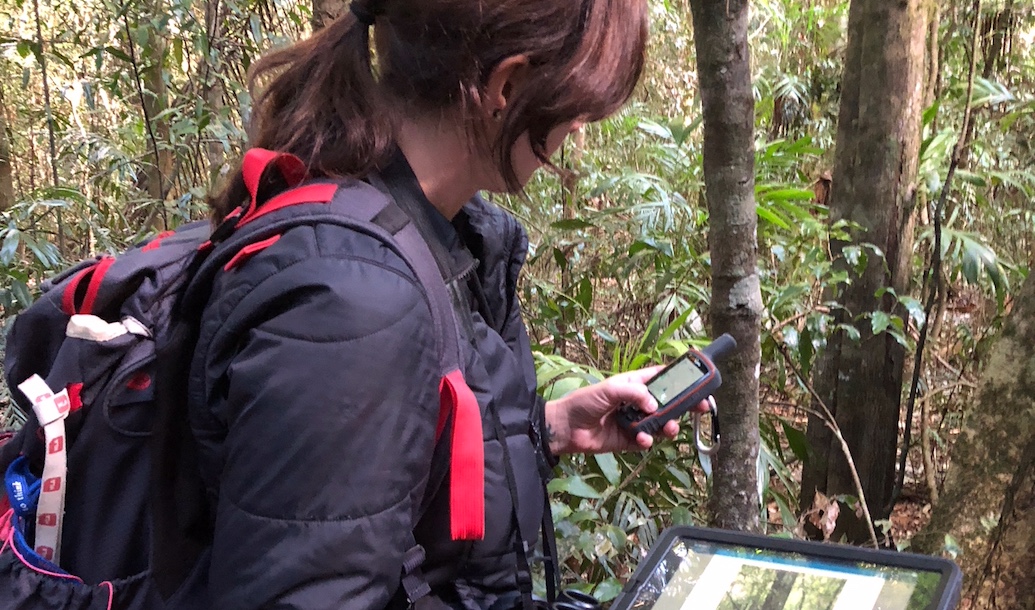Contributed by Sally Cooper
Where do the seedlings you use in your revegetation projects come from? I’m not talking about which nursery they were purchased from; I am talking about where they were collected from as seed or cuttings. Where were the seedlings’ parents located? Was the seed sourced locally or from further afield or a bit of both? Is the mix of seedlings in your revegetation site diverse at the genetic level? Or are they similar and related? Is your restored community genetically robust? Will it be able to withstand the challenges associated with climate change?
In the natural world, the genetic makeup (or gene pool) of plant communities is influenced by a number of factors, including the movement patterns of pollinators (such as bees) and seed dispersers (such as birds). Land clearing has fragmented many forest remnants and impacted on the ability of pollinators and seed dispersers to transport plant DNA (in the form of pollen and seed) throughout the landscape. As a result, isolated forest remnants may suffer from inbreeding. Even when our intentions are good – as they are when we humans get involved in restoration activities such as seed collection, propagation and planting – we inevitably leave our mark on the restored community at the genetic level.
The health and success of restored rainforest is influenced by the genetic variability of its individuals. If seed is collected from inbred or related individuals or from a small number of parent trees, or seedlings planted don’t contain adequate genetic variability, the genetic diversity of the restored community may be reduced. A lack of genetic diversity can result in the reduced ecological fitness of a plant community. The community may suffer greater seedling deaths, be slower growing, be more susceptible to disease or have reduced ability to reproduce and provide the next generation of seedlings.
In recognition of this potential problem, research is being undertaken in the Big Scrub to test and compare the genetic diversity of restored (planted) rainforest with remnant rainforest. The research focuses on three canopy tree species commonly occurring within subtropical rainforest: white booyong, native tamarind and Watkin’s strangler fig. The research involves collecting fresh leaf samples from both restored and remnant subtropical rainforest. The leaf samples are then taken to the laboratory where the DNA is extracted. A number of techniques are then applied in order to measure molecular genetic diversity. The genetic diversity measured in restored subtropical rainforest will be compared to that of remnant rainforest. Once they have been analysed, the results will be relayed to Big Scrub Landcare members.
This research is being undertaken by Southern Cross University masters student Sally Cooper, under the supervision of Geneticist Dr Peter Bundock and Ecologist Dr Claudia Catterall. Big Scrub Landcare, along with Tweed Shire Council, are providing financial support for this research to assist with the expenses involved in genetic analysis.
Big Scrub Landcare members willing and able to volunteer some time to assist with the fieldwork are encouraged to contact the researchers. Contact Sally Cooper on email Scooper@tweed.nsw.gov.au or phone 6670 2642.


